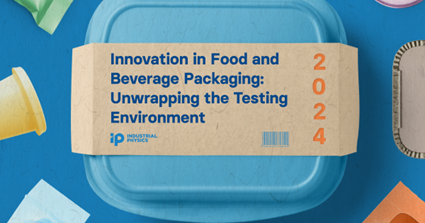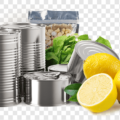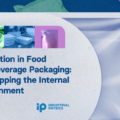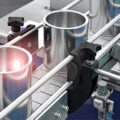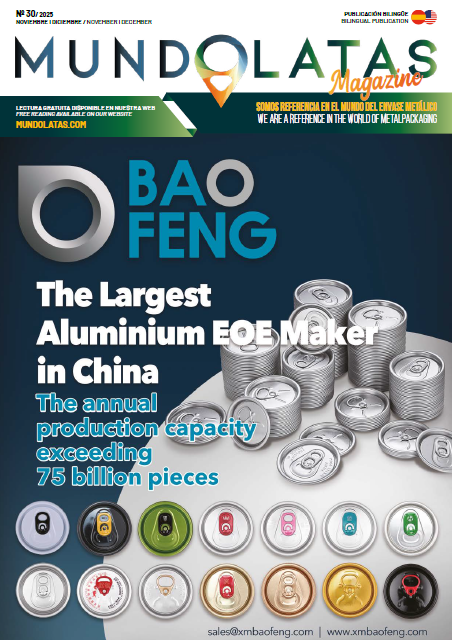Industrial Physics’ latest research into global food and beverage packaging has revealed widespread positive developments in testing and has uncovered the methods believed to offer the greatest opportunities, with automatic process control leading the way.
The latest report, titled “Unwrapping the Test Environment,” is based on research conducted this year, commissioned by the leading packaging and materials testing and measurement provider.
After surveying 380 packaging professionals in the food and beverage industry in the UK, USA, Germany, India and Malaysia, the research showed that 50% agree that their company’s testing process has changed positively in the last five years.
A key focus of the report was to discover which developments in testing are seen as offering the greatest opportunities in these industries, with the top five identified as:
- Automatic process control
- 100% inspection
- Non-destructive testing methods
- On-line testing
- Portable test devices
The top-ranked methods varied across materials and geographies; however, even in the overall data, more than one-third of respondents identified opportunities with each test method, suggesting considerable appetite for innovation in this part of the process.
With a considerable level of change and complexity in the packaging landscape, the research also examined how practitioners are navigating the testing environment.
More than half (57%) believe their company knows where to look for the latest developments in testing, but 49% require external support with testing expertise. This supports the perspective of last year’s Industrial Physics report, which highlighted that 37% of packaging professionals in food and beverage, consumer goods, and medical devices and pharmaceuticals cited a lack of in-house expertise as one of their biggest challenges with testing standards.
In this year’s research, 47% also shared that they have had to delay innovation while they seek outside expertise in packaging and materials testing, with even more (57%) among those working primarily with paper packaging.

